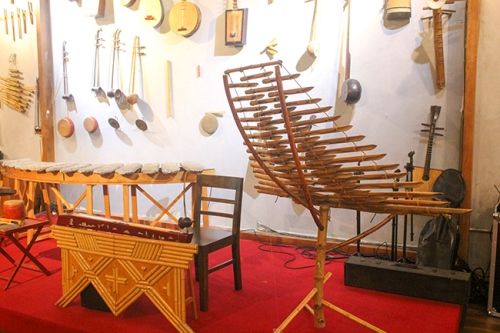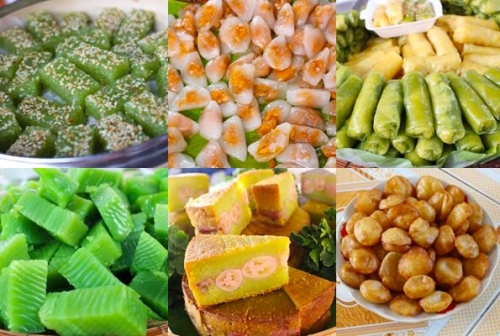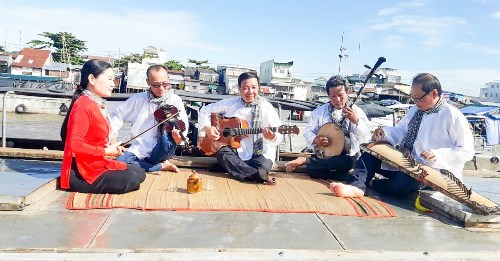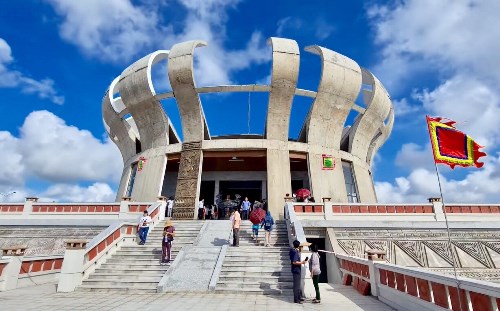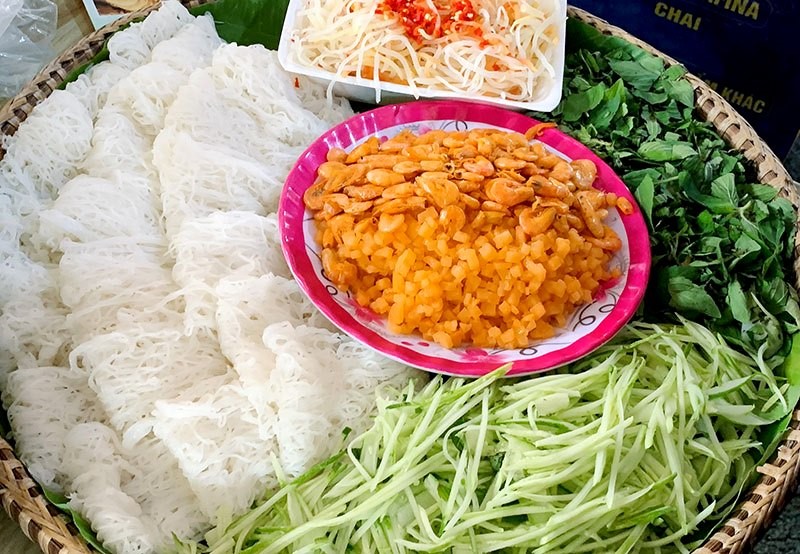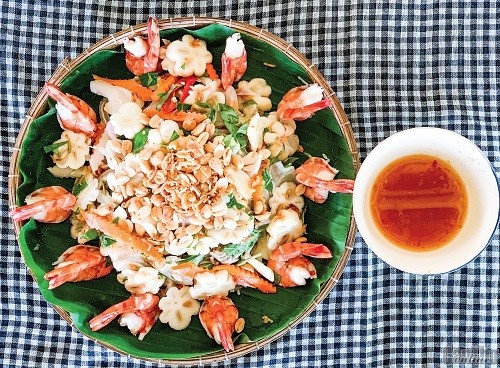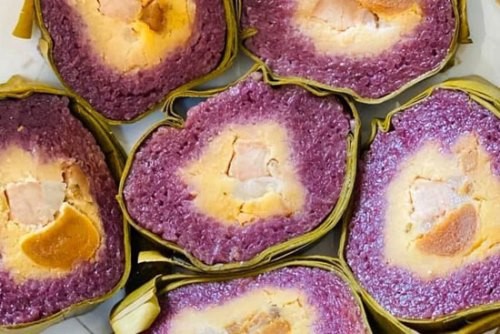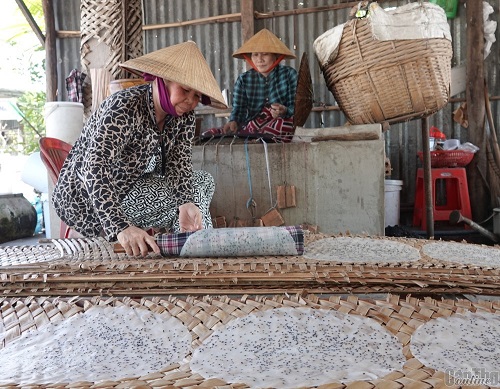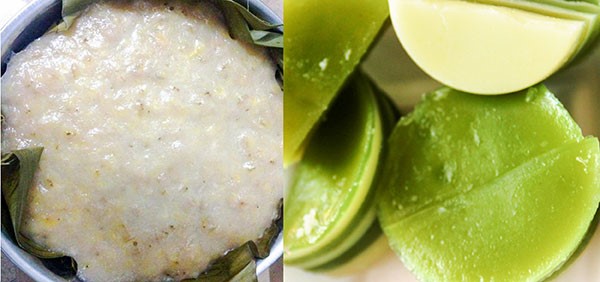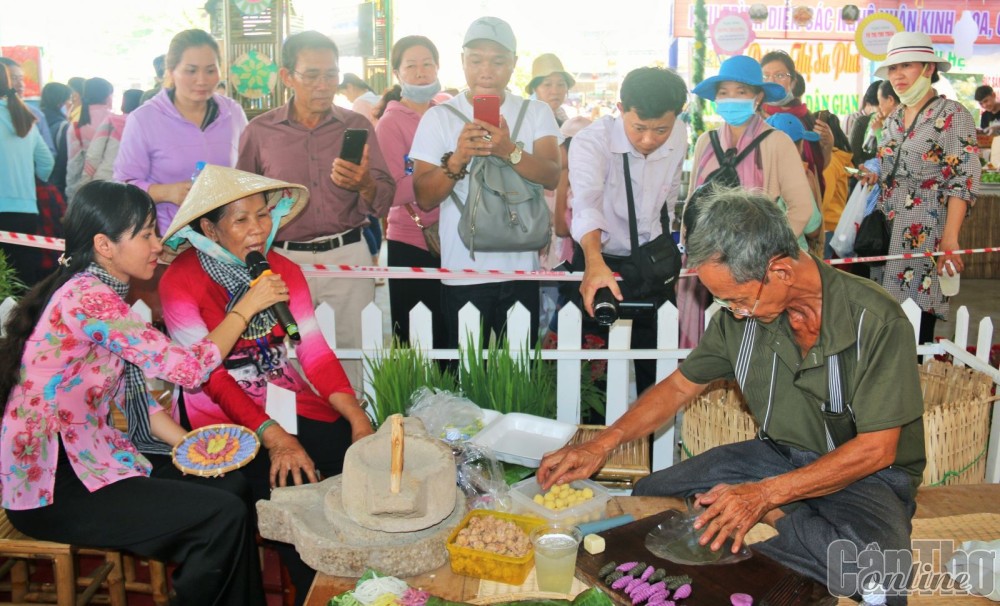
A new approach to tourism
The COVID-19 pandemic has caused severe damage to the tourism sector. At that time, the National Tourism Advisory Board (TAB) conducted a survey on the tourists’ needs. The results showed that the demand for sea tourism is quite high (67%), followed by nature tourism (56 %). Moreover, 36% of visitors choose safe travel destinations, and 32% of visitors choose to stay in secure places. Michael Croft - Chief Representative of UNESCO in Vietnam, also acknowledged that the COVID-19 pandemic has changed tourism and rebuilt the tourism industry in a different, more sustainable, and resilient way. It is safe and responsible tourism.
Responsible tourism is a concept that has been mentioned quite a lot in Vietnam, especially from the period 2011-2016 on the basis of the European Union-sponsored Environmentally and Socially Responsible Tourism Capacity Development Program. Accordingly, responsible tourism is defined as helping economic growth, ensuring environmental integrity, creating social equity, increasing labor, promoting and preserving local cultural values, thereby creating tourism products with better quality, higher cultural-ethical values, and more interesting experiences.
Responsible tourism is concretized by minimizing negative economic, environmental, and social impacts; create greater economic benefits, boost well-being for local people, and improve working conditions; encourage local people to participate in tourism and make decisions that affect their lives; make an active contribution to the preservation of natural and cultural assets in order to maintain a diverse world; provide visitors with interesting experiences through connections between tourists and the locals; create understandings of local cultural, social and environmental issues.
As a result, the core of responsible tourism is to create values for sustainable development. Today, responsible tourism is associated with a new form of tourism which is regenerative tourism. Mr. Tran Hoang Tuyen, Deputy Director of Center for Business Research and Enterprise Support (BSA), said: “Regenerative tourism is understood to occur within an ecosystem of natural, social, and cultural elements and interactions. It is designed in a way that builds capital and ‘gives back’ to the land and people.” Tourism development in this form means preserving and exploiting natural resources based on indigenous knowledge concerning environmental responsibility.
Advantages for Can Tho tourism to develop?
In fact, responsible tourism is associated with different potential tourism types of Can Tho city such as ecotourism, community-based tourism, and agricultural tourism. The development of regenerative tourism is also completely consistent with the natural environment issue of Can Tho and the Mekong Delta when it is under the great impact of climate change.
However, it is not easy to implement this model. Since regenerative tourism is a process and circle of continuous development, it requires tourists to understand the valuable nature of the environment, the link between the ecosystem, and its use to create and enhance the value chain. Mr. Tran Hoang Tuyen said: “Con Son islet of Can Tho city has met the requirements for regenerating tourism. Although the community-based tourism of Con Son has encountered many difficulties, the locals still do well when promoting their identities, constantly accumulating experience, and creating new products. They know how to make products productive, know how to protect the environment, and pass this down through generations”.
The people on Con Son islet clearly understand the value of each type of plants, animals, water sources, and living space; therefore, they know how to cherish the available resources to better preserve the natural environment. Mr. Pham Van Ut, a tour guide on Con Son islet, said: “The concept of regenerative tourism is very new, but it is something that we often see and easy to apply in tourism activities. When visitors experience catching snails and fish, they are always told to release small snails and fish to the wild. That is how the locals here try to keep the balance of the ecosystem”.
“The voice of the locals is also an important resource in regenerative tourism, as only local people can best understand their home, their culture as well as their ambiance and that partly shows through their dialect”, Mr. Tran Hoang Tuyen added. Sharing the same point of view, the author and cultural researcher Nham Hung said: “The Western dialect is also a unique resource associated with tourism activities. In the cradle of the Southern language, the Western dialect is the richest when it is associated with the river culture. Therefore, if we know how to apply the rich Western dialect to tourism, it will become an additional source for the tourism product, a communication tool between travel businesses, tourist destinations, and tourists. Visitors will find it interesting because it bears the unique identity of the people of the Mekong River region”. Only people in the Western region can use the rustic and cute words like hết trơn hết trọi” (used everything up), “no cành hông” (extremely full stomach)... or words that describe and model according to the shape and state of things like "nước giựt”, “nước nhảy” (water dance)... The Western dialect is the valuable source that makes up the indigenous cultural identity and it is also the spiritual product, the soul that creates values in local tourism activities.
Ms. Phan Kim Ngan (Bay Muon), the owner of Cong Minh garden, said: “In the past, I felt shy and embarrassed with my rural accent when communicating with tourists. However, as time passed and from the encouragement of many people, especially writer Nham Hung, I treasure my accent, thus becoming confident to speak with tourists and surprisingly they love it. I was very happy when they told me that they missed me because of my voice. It is important now to pass on to the younger generations the local culture. It is also a way to conserve and develop tourism”. Upon agreeing with Ms. Bay Muon, Ms. Le Thi My Luong, the owner of Thanh Dat garden, also said: “Many tourists really like our Western accent and dialect. Therefore, I will keep my natural way of speaking and be true to myself”.
It can be said that indigenous culture is the basic foundation for responsible tourism. It is a precious source that needs to be preserved and inherited. These values must come from people who have indigenous knowledge and understand environmental values. Only then can tourism be regenerated and sustainably developed.
Source: Can Tho Newspaper – Translated by Hoang Dat





